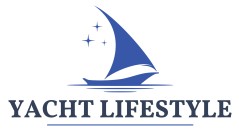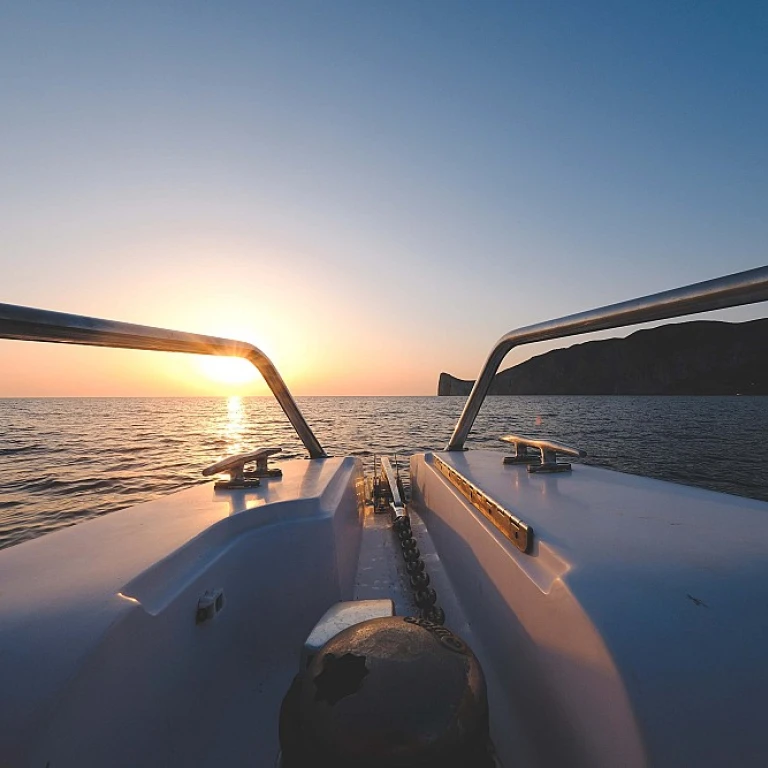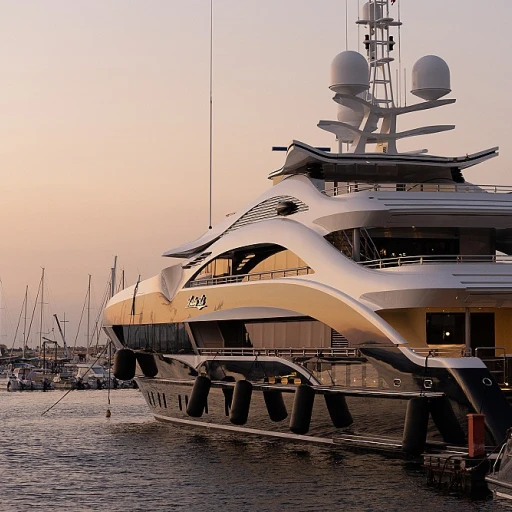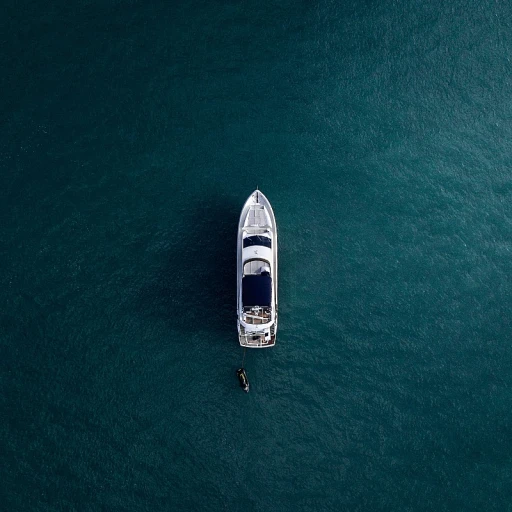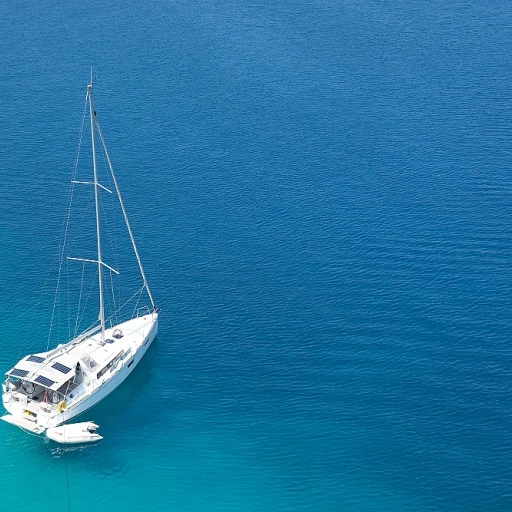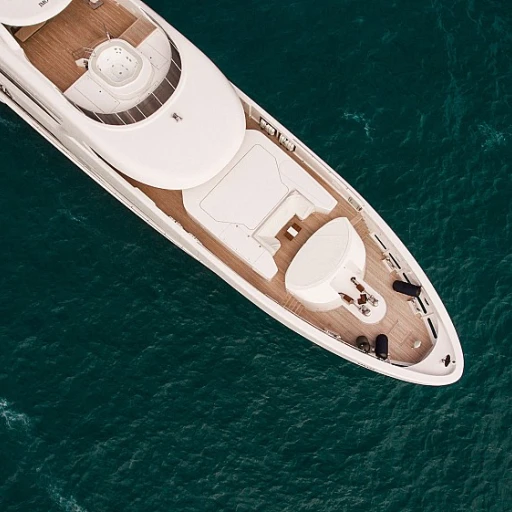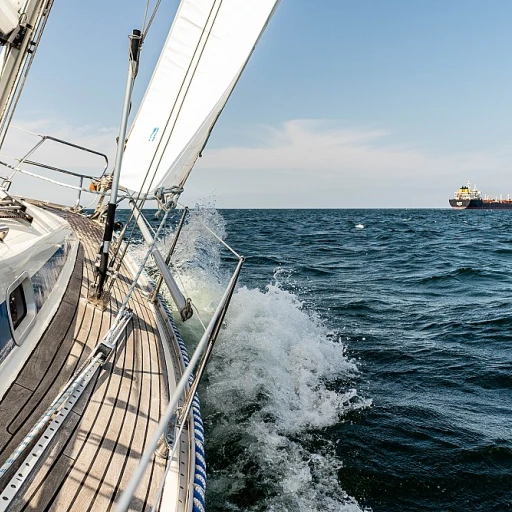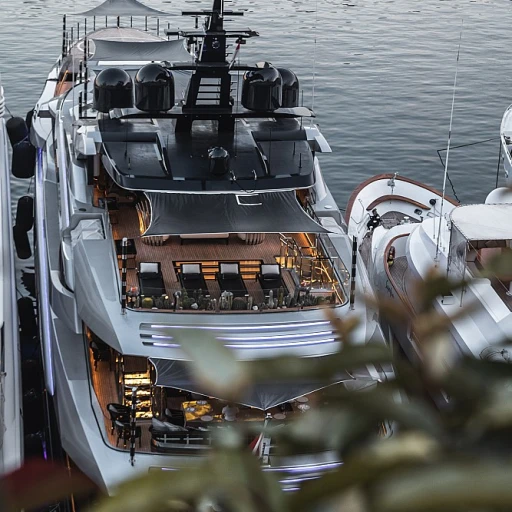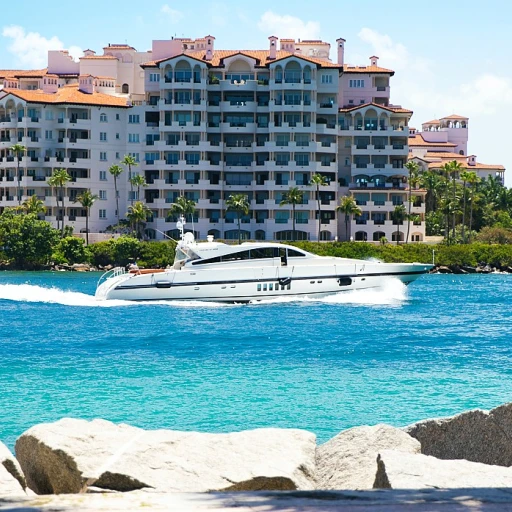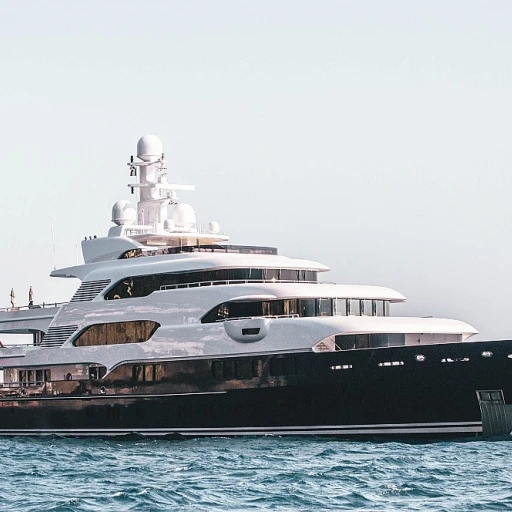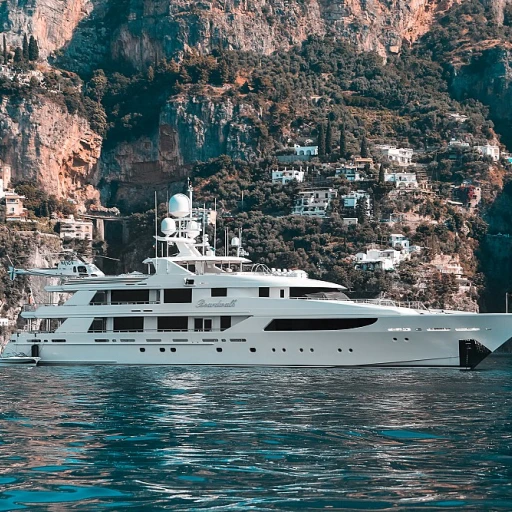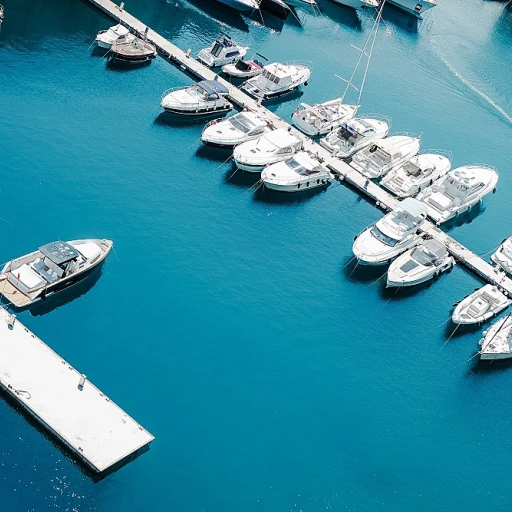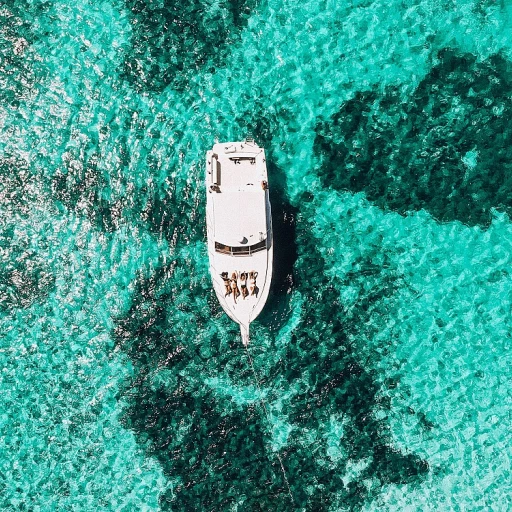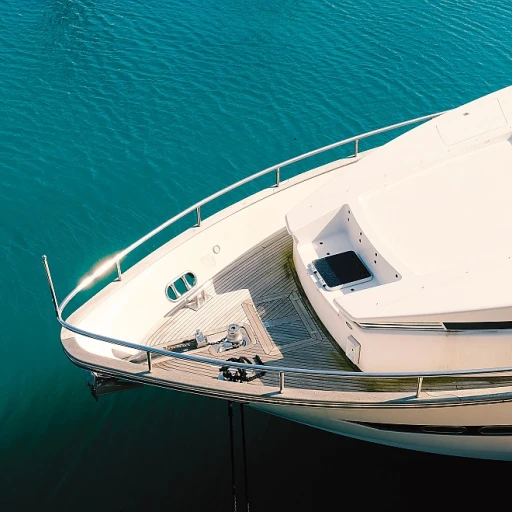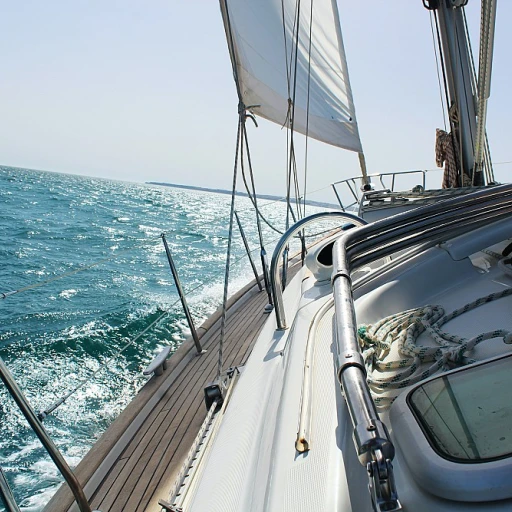
The Role of Thru-Hull Fittings
The Importance of Thru-Hull Fittings in Marine Vessels
Thru-hull fittings are essential components in the marine industry, playing a crucial role in maintaining the integrity and functionality of a boat's hull. These fittings allow water to pass through the hull for various purposes, such as drainage, intake, and discharge, making them indispensable for any vessel. Understanding their role is vital for ensuring the safety and performance of your boat.
Thru-hull fittings are typically made from materials like bronze, brass, stainless steel, and composite, each offering different levels of durability and resistance to corrosion. Marine environments are harsh, and the quality of these materials can significantly impact the longevity of the fittings. For instance, bronze fittings are renowned for their strength and resistance to corrosion, making them a popular choice among boat owners.
These fittings work in conjunction with seacocks and valves to control the flow of water in and out of the boat. A seacock is a type of valve that can be closed to prevent water from entering the hull, which is crucial in emergency situations. The integration of ball valves and threaded thru hulls ensures a secure and watertight connection, minimizing the risk of leaks.
Proper installation and maintenance of thru-hull fittings are essential to prevent common issues such as leaks and corrosion. Regular checks and timely replacements can extend the life of these components, ensuring they function correctly when needed. For more insights into the complexities of marine components, you might find this article on navigating the intricacies of boat rudders helpful.
Types of Thru-Hull Fittings
Diverse Materials for Thru-Hull Fittings
Thru-hull fittings, an essential component in the field of marine architecture, come in a variety of materials that cater to both quality and specific application needs. Among the most prevalent materials used in these fittings are bronze, marelon, and stainless steel.- Bronze Fittings: Known for their durability and resistance to corrosion, bronze fittings are a staple in the marine industry. They are highly recommended for seawater environments due to their ability to withstand harsh conditions. The use of marine bronze ensures longevity and reliability beneath the waterline.
- Marelon Alternatives: In situations demanding lighter options, marelon, a type of high-quality composite, proves advantageous. Its non-corrosive attribute makes it a reliable choice for those looking to avoid the metallic path, presenting an alternative that marries innovation with durability.
- Stainless Steel Options: Stainless steel offers not only corrosion resistance but also a polished aesthetic, making it a popular choice for visible fittings. However, it's essential to ensure that the stainless steel used is of good quality to maintain effectiveness and durability over time.
Varieties of Thru-Hull Fittings
The selection of the appropriate thru-hull fitting type is crucial for the specific function it serves on a boat. Some common types include:- Threaded Thru-Hulls: Threaded options provide the convenience of easy installation and maintenance. The design allows them to be securely fitted to the hull, ensuring a tight seal that helps prevent leaks.
- Mushroom Head Designs: These fittings, characterized by their distinctive shape, are often employed in conjunction with seacocks and ball valves, facilitating efficient water intake and discharge.
- NPS Hull Variants: NPS (National Pipe Straight) threaded hull fittings are notable for their straightforward design and compatibility with various valve systems, offering flexibility in marine installations.
Choosing the Right Seacocks and Valves
Matching the proper type of seacock and valve to the thru-hull fitting is paramount for ensuring safe and effective operation. Brass and marine bronze are frequently selected for their robust composition, ideal for locations below the waterline. These materials are pivotal in preventing leaks and maintaining the integrity of the fittings. When exploring options, consider the functionality of ball valves and the need for a secure drain plug, which are indispensable in enhancing the safety of your maritime adventures. For those looking to improve their seafaring experiences, consider how a magma boat grill could complement your yacht’s features, blending leisure with the practical aspects of thru-hull fittings.Installation Best Practices
Ensuring a Secure and Effective Installation
Proper installation of thru-hull fittings is crucial for maintaining the integrity of your boat and ensuring safety out on the water. To begin with, selecting materials is key—choosing between stainless steel, marine bronze, or more modern composite options like Marelon can significantly impact durability and performance. Bronze fittings are popular due to their resistance to corrosion in saltwater, a common consideration for those sailing in the United States and other marine environments. The installation process involves careful planning and precise execution:- Prepare the Hull Surface: Before installation, ensure the hull surface is clean, dry, and free from any anti-fouling coatings. This gives the fitting a solid base for adhesion, reducing the risk of leaks.
- Drilling: Use a hole saw of the correct size to match the fitting. An NPS (National Pipe Straight) hull fitting requires a snug fit for effective sealing.
- Threading: For threaded thru hulls, apply a marine-grade sealant on the threads to prevent water ingress. This will help ensure a watertight seal around the connection point.
- Mounting: Place the thru hull fitting into the hole, ensuring the mushroom head is flush against the hull surface. Secure the fitting from the inside using a backing plate and locknut for added strength.
- Seacock Installation: Attach a durable seacock or valve to the threaded end of the thru hull inside the hull to control the water flow. Compatible materials like brass or bronze are frequently recommended, but composite options are also available.
Common Issues and Troubleshooting
Identifying and Solving Common Issues with Thru-Hull Fittings
The intricate world of marine construction often presents challenges, particularly with thru-hull fittings, which serve as pivotal components in ensuring your boat's safety and performance. Here are some common issues and troubleshooting steps to address them:- Corrosion: One of the primary concerns with thru-hull fittings is corrosion, especially in metal fittings like bronze and brass. Regular inspections can help catch early signs of oxidation or galvanic corrosion due to contact between dissimilar metals. If corrosion is found, consider replacing affected parts with good quality materials such as stainless steel or marine bronze.
- Leaking: Leaks can occur if the fittings are not properly sealed or aligned. Checking the integrity of seals and ensuring proper torque on threaded thru hulls is essential. If a leak is detected, reseal the area with marine-grade sealant and verify that the fitting is correctly aligned and tightened.
- Clogging: Valves and drains can become clogged with debris, leading to blockages. Regularly clean and inspect water intakes and drains, removing any obstructions that hinder water flow. A routine check of the seacock and ball valves ensures they operate smoothly.
- Material Compatibility: Particularly in composite hulls, it's vital to ensure material compatibility, preventing chemical reactions that could weaken the hull fittings over time. Consult with experts to determine the best materials for your particular boat and usage.
- Sticking Seacocks: Over time, seacocks, whether made of traditional bronze or innovative marelon, can become difficult to operate. Applying a lubricant suitable for marine environments on the valve mechanisms can resolve this without the need for disassembly.
Maintenance Tips for Longevity
Ensuring Longevity with Optimal Maintenance
Maintaining the integrity and functionality of thru-hull fittings is crucial for the safety and performance of any boat. Regular inspections and servicing can prevent potential issues, extending the lifespan of these critical components. Here are some maintenance tips to keep these fittings in top shape:
- Regular Visual Inspections: Periodically check the fittings for signs of corrosion or wear, especially noting areas around bronze, brass, and marine bronze thru-hulls. Look for any discoloration, pitting, or crack signs that might indicate a need for replacement.
- Check for Leaks: After rough sea conditions or long marine outings, make sure to closely examine for any leakage around the hull fittings. A good practice is to feel around the fittings inside the hull for any moisture or drips.
- Test the Seacocks and Valves: Regularly activate all seacocks and ball valves to ensure they open and close smoothly. It's important to verify that the valves, especially those made of marelon or composite materials, are functioning without obstruction.
- Replace Worn Components: Components like the drain plug and threaded thru-fittings should be replaced if they show signs of significant wear. It’s advisable to use high-quality materials like stainless steel or good quality semi-metallic fittings to ensure durability.
- Lubrication: Periodically apply a marine-grade lubricant to moving parts such as seacocks to ensure they operate smoothly and do not seize up, especially in colder conditions.
- Professional Servicing: In the United States, many marine service professionals offer thorough assessments and maintenance of yacht hull fittings, ensuring compliance with privacy policy and marine standards.
Routine maintenance not only prevents premature deterioration but also plays a vital role in ensuring that the thru-hulls are ready to handle unexpected challenges. By taking these steps, boat owners will not only protect their investment but also ensure the safety and performance of their watercraft.
Innovations in Thru-Hull Technology
New Developments in Thru-Hull Fittings Technology
The world of marine technology is ever-evolving, and thru-hull fittings are no exemption. As yachts continue to grow in complexity, so does the technology used to ensure the utmost quality and safety for these essential components. Here, we explore some of the latest advancements revolutionizing the industry:- Material Innovations: While traditional bronze fittings have been favored for their durability and resistance to marine environments, composite materials such as marelon are becoming increasingly popular due to their lightweight nature and resistance to electrolysis. These materials offer a suitable alternative to traditional options without compromising on strength or longevity.
- Advanced Design Features: Developments in design have led to the creation of fittings with improved hydrodynamics, reducing drag and improving efficiency. Mushroom head designs and low-profile fittings are preferred options, allowing for smoother water flow around the hull.
- Enhanced Safety Mechanisms: Safety is paramount in choosing fittings, and modern seacocks now come equipped with advanced ball valves and threaded thru-hull systems to prevent leaks and ensure secure fittings. Features such as positive shut-off mechanisms help mitigate risks from unwanted water ingress.
- Smart Integration: The integration of smart technology is making its way into the marine industry. The development of sensor-equipped fittings which monitor conditions within the hull and provide real-time data is a helpful innovation. Such technology can alert users when fittings require maintenance or adjustment.
